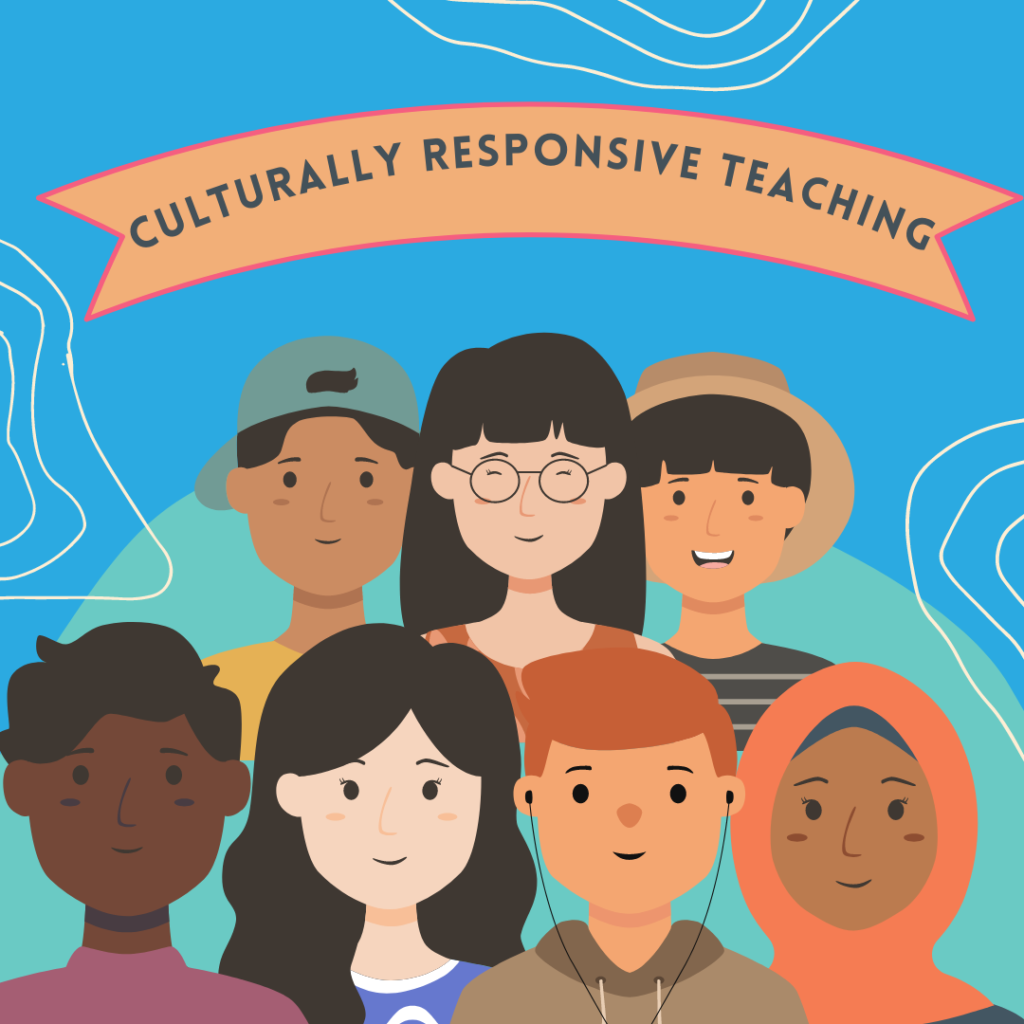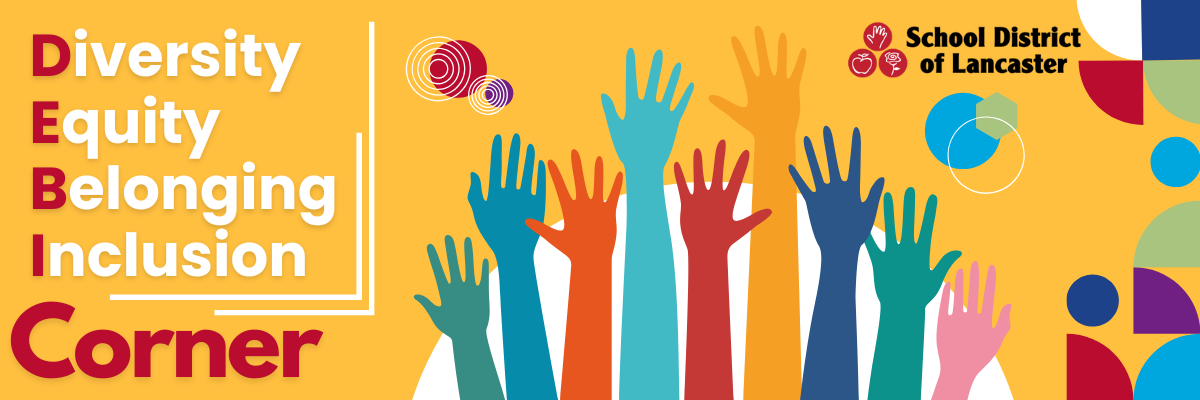
The School District of Lancaster is dedicated to maximizing growth and achievement for all students and staff. We are a learning institution, not just for our student learners but for our adult staff members as well. We must all continue to learn and grow to foster a welcoming community and achieve academic excellence.
 What is Culturally Responsive Teaching?
What is Culturally Responsive Teaching?
Culturally Responsive Teaching (CRT) is an educational approach that acknowledges and values students’ cultural backgrounds, experiences, and perspectives as central to the learning process. This teaching method aims to create an inclusive classroom environment where every student feels respected and valued. By integrating cultural references into the curriculum and teaching practices, educators can make learning more meaningful and accessible for all students.
CRT is rooted in the belief that cultural diversity is an asset to education, not a barrier. It involves understanding students’ unique identities and creating opportunities for them to connect their lived experiences with academic content. This approach enhances student engagement and fosters a deeper understanding of diverse perspectives.
(2)/2269822822-EPP_multi_state_scan-v5.original.png)
Practical Strategies for Educators
Here are some actionable tips for incorporating culturally responsive practices into your classroom:
- Integrate Diverse Materials:
- Use literature, videos, and other educational resources that reflect a wide range of cultures, languages, and experiences.
- Highlight contributions from historically underrepresented groups in various fields of study.
- Adapt Teaching Methods:
- Employ instructional strategies that accommodate different learning styles, such as collaborative group work, storytelling, and hands-on activities.
- Provide opportunities for students to share their cultural knowledge and experiences during lessons.
- Foster a Growth Mindset:
- Encourage students to see mistakes as opportunities to learn and grow.
- Recognize and celebrate students’ progress and achievements, no matter how small.
- Create a Welcoming Environment:
- Decorate your classroom with visuals and materials that reflect the cultural diversity of your students.
- Establish norms that promote respect, open communication, and inclusivity.
- Engage Families and Communities:
- Collaborate with families to better understand students’ cultural contexts.
- Invite community members to share their experiences and expertise with the class.
(2)/99249603-CR-Blog-CRT_in_AP_Instruction_Header-ezgif.com-webp-to-jpg-converter.jpg)
Call to Action
Are you implementing culturally responsive practices in your classroom? We want to hear from you! Share your experiences and methods for creating inclusive lesson plans with our DEBI team. Selected submissions will be featured in future newsletters.
To be highlighted, complete this form with you story and examples. Let’s inspire each other to make our classrooms more inclusive and engaging for all learners!
Together, let’s continue to build classrooms that reflect and honor the diversity of our school community.
Share Your Story
We want to hear from you! Your lived experiences, traditions, and insights are invaluable as we work together to build bridges and celebrate the diversity of our community. Share your story with us—whether it’s about your cultural heritage, a meaningful tradition, or a perspective that’s shaped your journey.
Fill out the form below or send me an email, and let’s start the conversation. Your voice matters, and we look forward to learning from you!
Have thoughts, feedback, or ideas for DEBI’s Corner? I’d love to hear from you. Let’s continue this journey, hand in hand.
Click Here to submit a topic and details. We will credit your submission.
